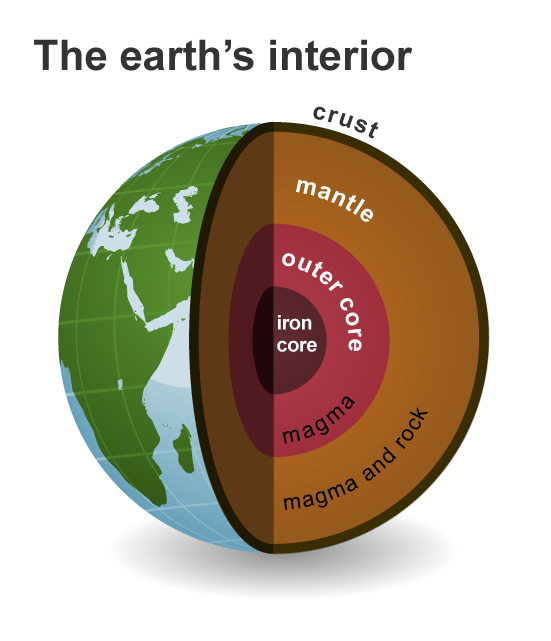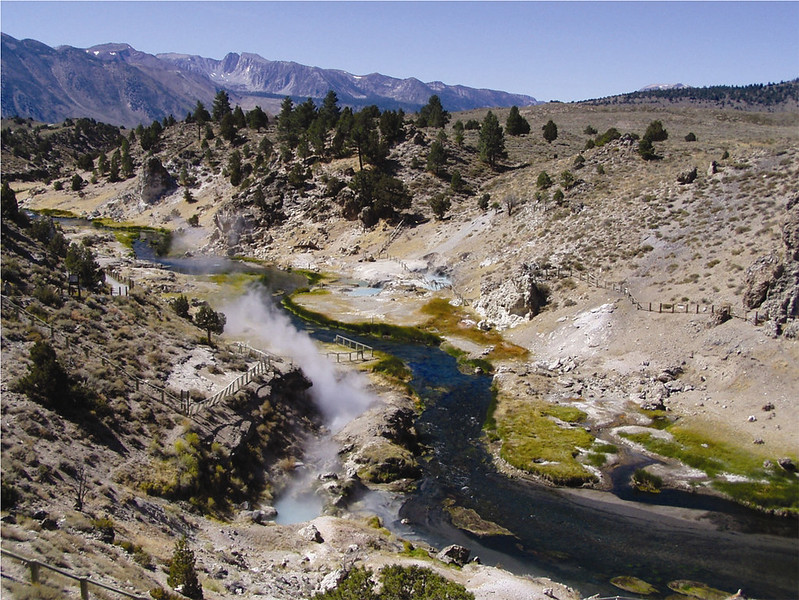What is Geothermal Energy?
Have you ever seen a video of a volcano erupting or geysers at a national park? If you have, then you’ve seen geothermal energy.
The earth’s crust is made up of rocks and water. Underneath the crust is magma. 50,000 times more energy than all the oil and natural gases in the world is 6 miles below the surface.
A well has to drill a couple of miles deep to capture the hot water and steam. The steam then spins a turbine, and then a generator produces electricity.
Geothermal energy has many pros, but there are also cons.
First of all, one pro is that geothermal power plants have low emission levels, so it’s better for the environment than fossil fuels. Another pro is that geothermal power plants are efficient and need very little maintenance. Lastly, geothermal is a constant source of energy, and it’s available all year long.
In the first place, one con is that geothermal is extremely expensive, and geothermal sources might cool down in time, making it impossible to use it. In the long run, geothermal might cause more harm than good because taking the energy from the ground releases various greenhouse gases.

All in all, geothermal energy is more environmentally friendly than fossil fuels, and there are many positives to using geothermal energy, but there are also cons.
RELATED ARTICLES:
https://www.energy.gov/eere/videos/energy-101-geothermal-energy















